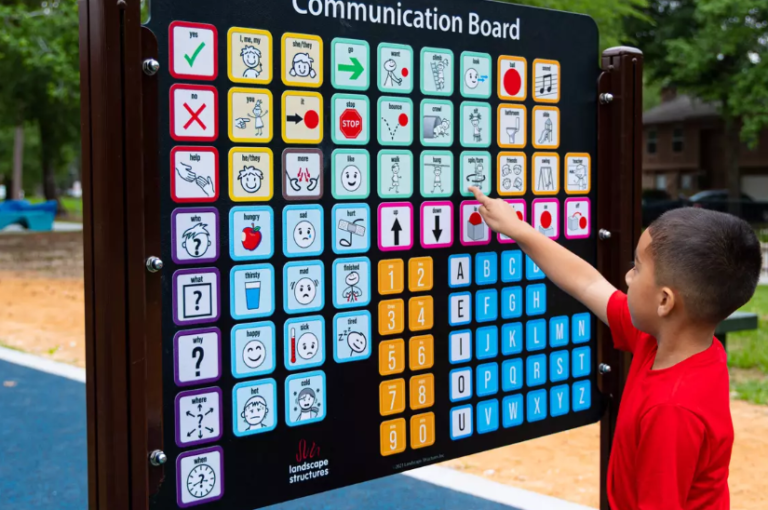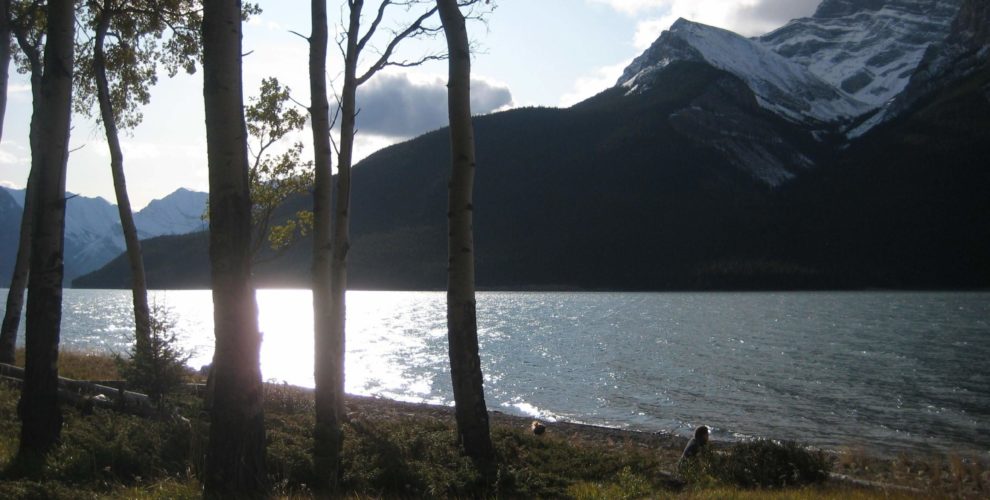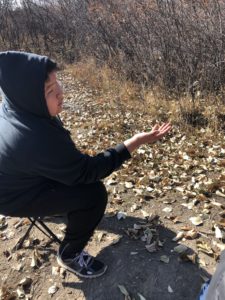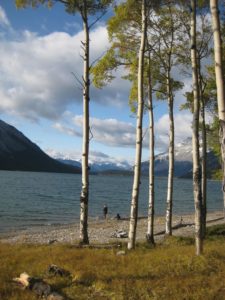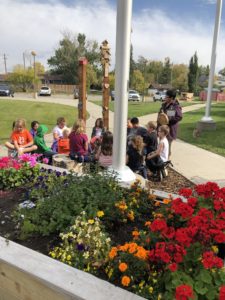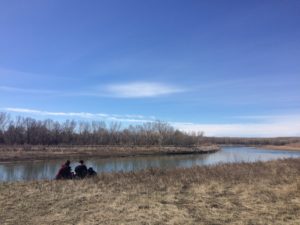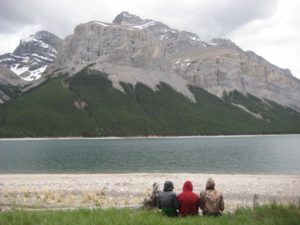“Find one place in your natural world that you visit all the time and get to know it as your best friend. Let this be a place where you learn to sit still- alone, often, and quietly- before you playfully explore beyond. This will become your place of intimate connection with nature.” (Young, Haas, McGown, & Louv, 2016). A Sit Spot is a place outdoors where you routinely visit to observe nature and find peace.
Mindfulness and Nature
Finding the time to just breathe in the tranquility of nature is restorative and energizing all at the same time. It is about being aware of your surroundings and suspending judgment. It is about observing the sensation of being in nature (what do you see, feel and hear). It is through this connection with nature that an overall feeling of well-being occurs.
Introducing Sit Spot
- To get students comfortable with nature and being outside, play games like Camouflage, Predator-Prey, or Run Rabbit Run. Go outside often.
- Start with a story about your personal experience and encounters with nature in a Sit Spot.
- Model Sit Spots as a group. Ask questions about what you are thinking, feeling, and processing.
- “What is new here?”
- “How does this feel?”
- “What would happen if…?”
- Keep instructions simple. At first, students might not be very curious, but with increased mentorship, curiosity can increase.
- Provide students with observation questions/prompts prior to sitting, such as:
- “Notice the different cloud shapes today.”
- “Notice the different sounds around you.”
- Choose a sense and observation to focus on.
Finding a Spot
- Look for a spot with things around it: water, shelter, possible food for wildlife.
- Choose a spot that is easy to get to.
- This will encourage you and students to return frequently.
- Try and remove the obstacle of sitting somewhere “gross;” don’t let them sit in mud
- Buckets or mini-stools can be used, especially in inclement weather
- Blue foam mats or garden mats, cut to “butt size,” could also be used
- Tell students that they need to sit somewhere safe, somewhere to not be tempted to chat with others
- Keep everyone in eyesight and ear shot
Guidelines for the Experience
- Each day, begin with story to inspire – whether it is your own or another nature story you’ve heard
- Depending the age of students, start with different times and work up longer times
- E.g. For Kindergarten, try starting at 1 minute, but with Jr./Sr. High start at 5 minutes
- Children don’t have to be perfectly still, they can move around within their designated areas
- TIP: use a 3-4m climbing rope length to make a circle for where they can be
- Never a forced or boring activity; should flow from a natural love for nature
- Students should be quiet in their sit spot so they can observe nature.
- Spend enough time to get “into boredom”. Once you get past that point, you start to use your senses and make new observations- this can take a few minutes.
- The whole idea is to be private, fully attentive, and make no disturbance – “lose your mind and come to your senses.”
“I experience being connected to nature when I listening to the waves on the lake.”
Afterward/Debrief
- Everyone returns to the group, or to the “nest.” You can sit in a circle to debrief the experience.
- Circles are found constantly in the natural world.
- In a circle everyone is equal and everyone’s voice can be heard.
- Share your stories. What did you notice? What did you hear?
- You can use a listening stone or talking stick to go around and share experiences. Whoever has the object is the one who speaks, and everyone listens.
- Pass to the left, as our heart is on the left side of our body
- Students can respond with “I Wonder” questions/statements.
- Alternatively, students can journal about what they experienced or what they learned during Sit Spot time. Encourage a mixture of words and drawings as a response.
“I extremely enjoy the company nature provides.”
Sit Spots are a way for students to connect to nature, themselves, and one another. They act as a means for students to have a place of belonging in the outdoors, and as a way to practice mindfulness meaningfully.
References
Young, J., Haas, E., McGown, E., & Louv, R. (2016). Coyotes guide to connecting with nature. Santa Cruz, CA: OWLLink Media.

